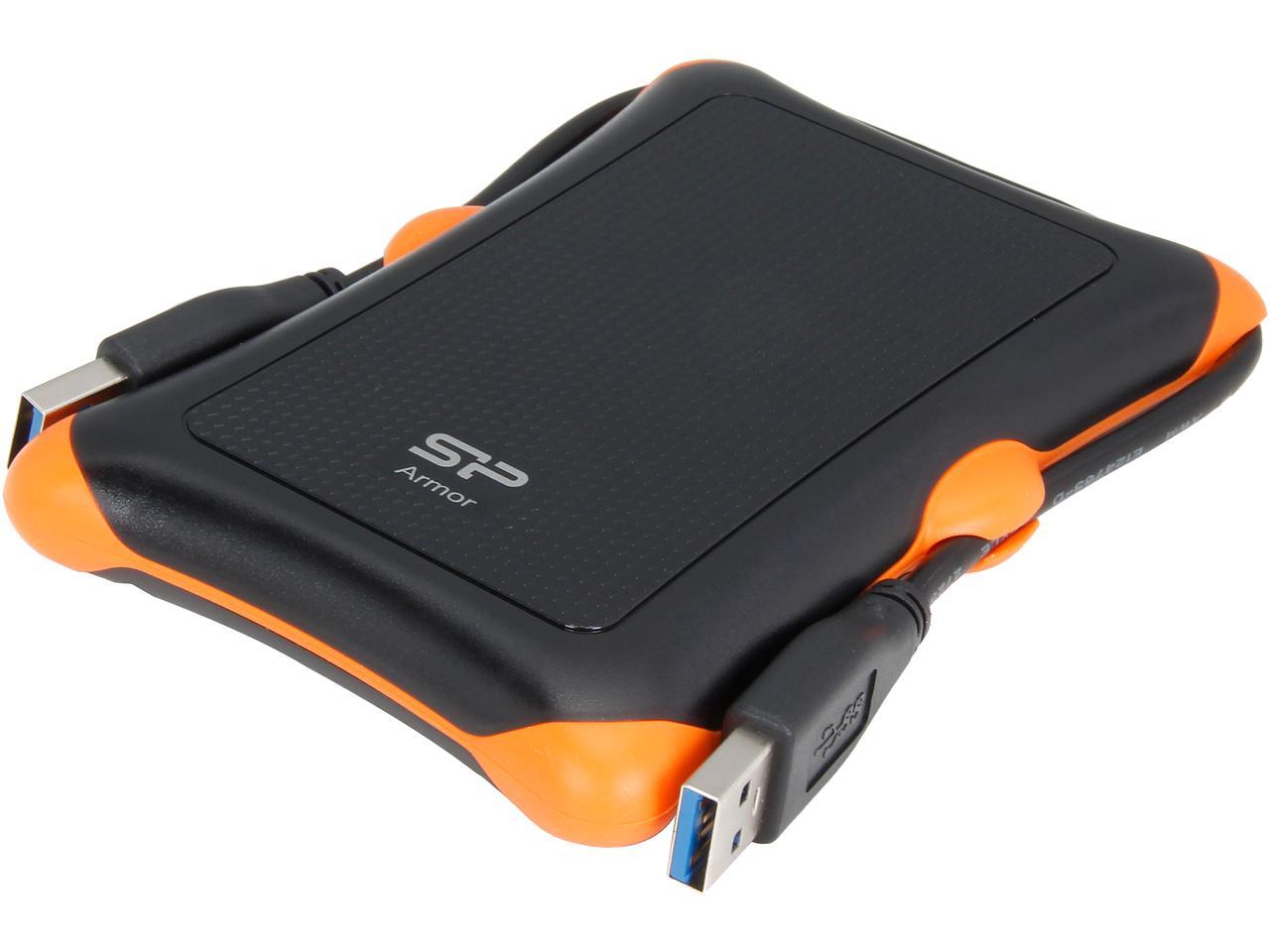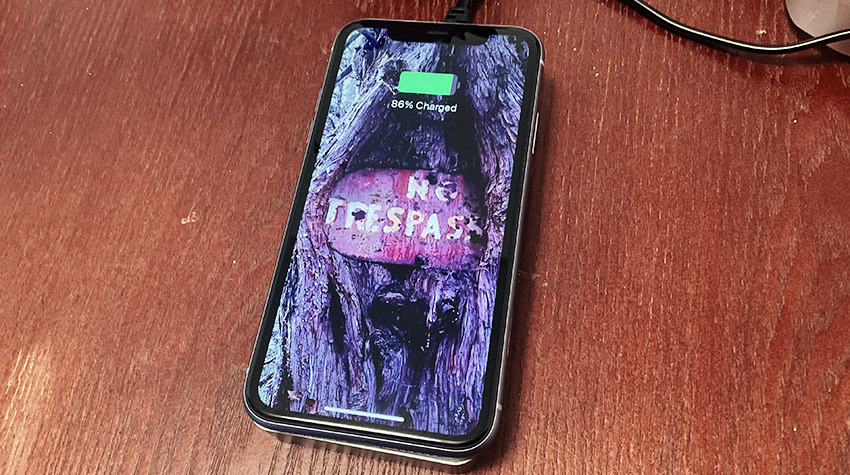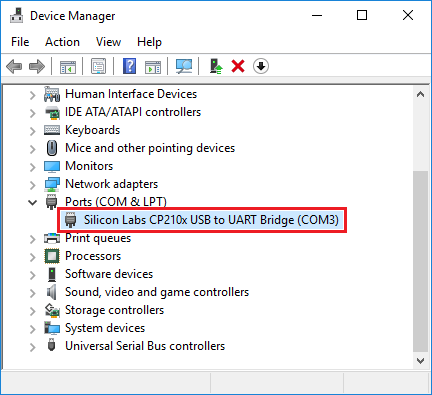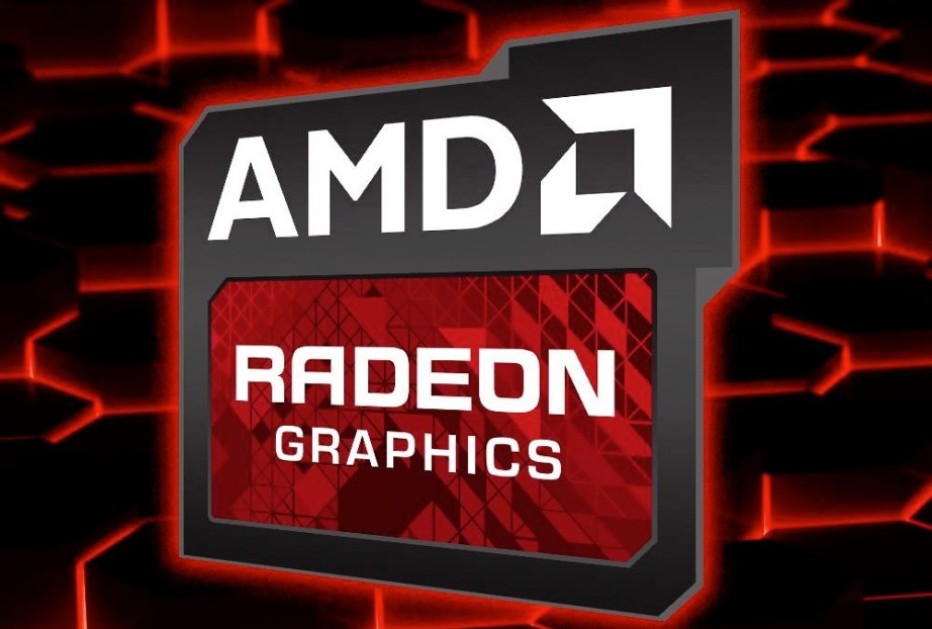- Silicon Image Mobile Phones & Portable Devices Drivers
- Silicon Image Mobile Phones & Portable Devices Driver Windows 7
- Silicon Image Mobile Phones & Portable Devices Driver Download
- Monocrystal silicon is also a critical semiconductor material found in modern electronics. As a substrate material used in the production of field-effect transistors (FETs), LEDs and integrated circuits, silicon can be found in virtually all computers, mobile phones, tablets, televisions, radios, and other modern communication devices.
- Add scrapbook paper to the inside of a clear cell phone case. Trace the case onto a piece of scrapbook paper, then cut it out. Coat the inside of the case with clear, decoupage glue. Press the paper design-side-down into the glue. Let the glue dry, then cut out the camera hole with a craft blade.

All these phones need is a contract and wireless service from your chosen cell phone service carrier, and you are ready to go. Contract-Free, Prepaid Mobile Phones Give You Control. With most cell phone contracts, you pay for a set amount of service and data access, whether you use it or not.

Power management integrated circuits (power management ICs or PMICs or PMU as unit) are integrated circuits for power management. Although PMIC refers to a wide range of chips (or modules in system-on-a-chip devices), most include several DC/DC converters or their control part. A PMIC is often included in battery-operated devices such as mobile phones and portable media players to decrease the amount of space required.
Overview[edit]
The term PMIC refers to a class of integrated circuits that perform various functions related to power requirements.A PMIC may have one or more of the following functions:[1]
- Power-source selection
- Power sequencing
- Miscellaneous functions
Power management ICs are solid state devices that control the flow and direction of electrical power. Many electrical devices have multiple internal voltages (e.g., 5 V, 3.3 V, 1.8 V, etc.) and sources of external power (e.g., wall outlet, battery, etc.), meaning that the power design of the device has multiple requirements for operation. A PMIC can refer to any chip that is an individual power related function, but generally refer to ICs that incorporate more than one function such as different power conversions and power controls such as voltage supervision and undervoltage protection. By incorporating these functions into one IC, a number of improvements to the overall design can be made such as better conversion efficiency, smaller solution size, and better heat dissipation.[2]
Features[edit]
A PMIC may include battery management, voltage regulation, and charging functions. It may include a DC to DC converter to allow dynamic voltage scaling. Some models are known to feature up to 95% power conversion efficiency. Some models integrate with dynamic frequency scaling in a combination known as DVFS (dynamic voltage and frequency scaling).
It may be manufactured using BiCMOS process. They may come as QFN package. Some models feature I²C or SPI serial bus communications interface for I/O.
Some models feature a low-dropout regulator (LDO), and a real-time clock (RTC) co-operating with a backup battery.
A PMIC can use pulse-frequency modulation (PFM) and pulse-width modulation (PWM). It can use switching amplifier (Class-D electronic amplifier).
IC manufacturers[edit]
Samsung Semiconductor, Ricoh Electronic Devices, Power Integrations, STMicroelectronics, Infineon Technologies AG, Intel, Marvell Semiconductor, Qualcomm, MediaTek, IXYS, Freescale Semiconductor,[3]Dialog Semiconductor, Silicon Mitus,[4]Exar, International Rectifier, Intersil, Cypress Semiconductor, Maxim Integrated Products, Linear Technology, Renesas Electronics, Rohm Semiconductor, ON Semiconductor, Texas Instruments, Torex Semiconductor,[2] and Asahi Kasei Microdevices are some of many manufacturers of PMICs.
See also[edit]
- Power Management Unit (PMU)
- System Management Controller (SMC)
- System Basis Chip (SBC)
| Wikimedia Commons has media related to Power management integrated circuits. |
References[edit]

- ^http://www.linear.com/products/power_management
- ^ ab'Power Management Guide'(PDF) (R ed.). Texas Instruments. 2018. SLVT145. Retrieved 15 January 2019.
- ^http://www.freescale.com/webapp/sps/site/overview.jsp?code=POWR_MAN_USER_INTERFACE
- ^http://www.siliconmitus.com/
Power management integrated circuits (power management ICs or PMICs or PMU as unit) are integrated circuits for power management. Although PMIC refers to a wide range of chips (or modules in system-on-a-chip devices), most include several DC/DC converters or their control part. A PMIC is often included in battery-operated devices such as mobile phones and portable media players to decrease the amount of space required.

Overview[edit]
The term PMIC refers to a class of integrated circuits that perform various functions related to power requirements.A PMIC may have one or more of the following functions:[1]
- Power-source selection
- Power sequencing
- Miscellaneous functions
Power management ICs are solid state devices that control the flow and direction of electrical power. Many electrical devices have multiple internal voltages (e.g., 5 V, 3.3 V, 1.8 V, etc.) and sources of external power (e.g., wall outlet, battery, etc.), meaning that the power design of the device has multiple requirements for operation. A PMIC can refer to any chip that is an individual power related function, but generally refer to ICs that incorporate more than one function such as different power conversions and power controls such as voltage supervision and undervoltage protection. By incorporating these functions into one IC, a number of improvements to the overall design can be made such as better conversion efficiency, smaller solution size, and better heat dissipation.[2]
Features[edit]
A PMIC may include battery management, voltage regulation, and charging functions. It may include a DC to DC converter to allow dynamic voltage scaling. Some models are known to feature up to 95% power conversion efficiency. Some models integrate with dynamic frequency scaling in a combination known as DVFS (dynamic voltage and frequency scaling).
It may be manufactured using BiCMOS process. They may come as QFN package. Some models feature I²C or SPI serial bus communications interface for I/O.
Some models feature a low-dropout regulator (LDO), and a real-time clock (RTC) co-operating with a backup battery.
A PMIC can use pulse-frequency modulation (PFM) and pulse-width modulation (PWM). It can use switching amplifier (Class-D electronic amplifier).
Silicon Image Mobile Phones & Portable Devices Drivers
IC manufacturers[edit]
Samsung Semiconductor, Ricoh Electronic Devices, Power Integrations, STMicroelectronics, Infineon Technologies AG, Intel, Marvell Semiconductor, Qualcomm, MediaTek, IXYS, Freescale Semiconductor,[3]Dialog Semiconductor, Silicon Mitus,[4]Exar, International Rectifier, Intersil, Cypress Semiconductor, Maxim Integrated Products, Linear Technology, Renesas Electronics, Rohm Semiconductor, ON Semiconductor, Texas Instruments, Torex Semiconductor,[2] and Asahi Kasei Microdevices are some of many manufacturers of PMICs.
See also[edit]
- Power Management Unit (PMU)
- System Management Controller (SMC)
- System Basis Chip (SBC)
Silicon Image Mobile Phones & Portable Devices Driver Windows 7
| Wikimedia Commons has media related to Power management integrated circuits. |
Silicon Image Mobile Phones & Portable Devices Driver Download
References[edit]
- ^http://www.linear.com/products/power_management
- ^ ab'Power Management Guide'(PDF) (R ed.). Texas Instruments. 2018. SLVT145. Retrieved 15 January 2019.
- ^http://www.freescale.com/webapp/sps/site/overview.jsp?code=POWR_MAN_USER_INTERFACE
- ^http://www.siliconmitus.com/